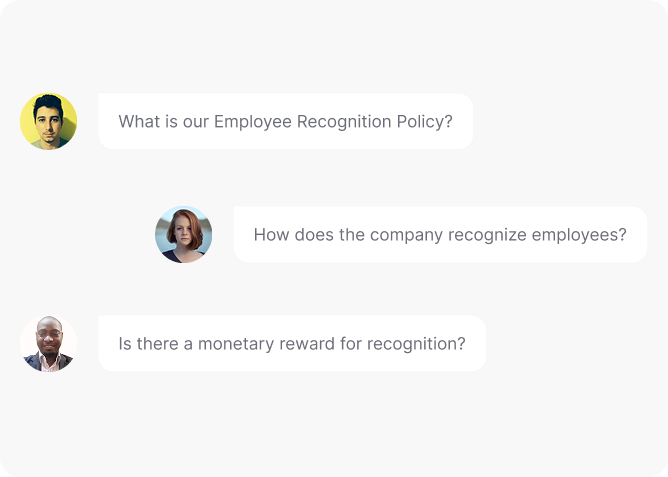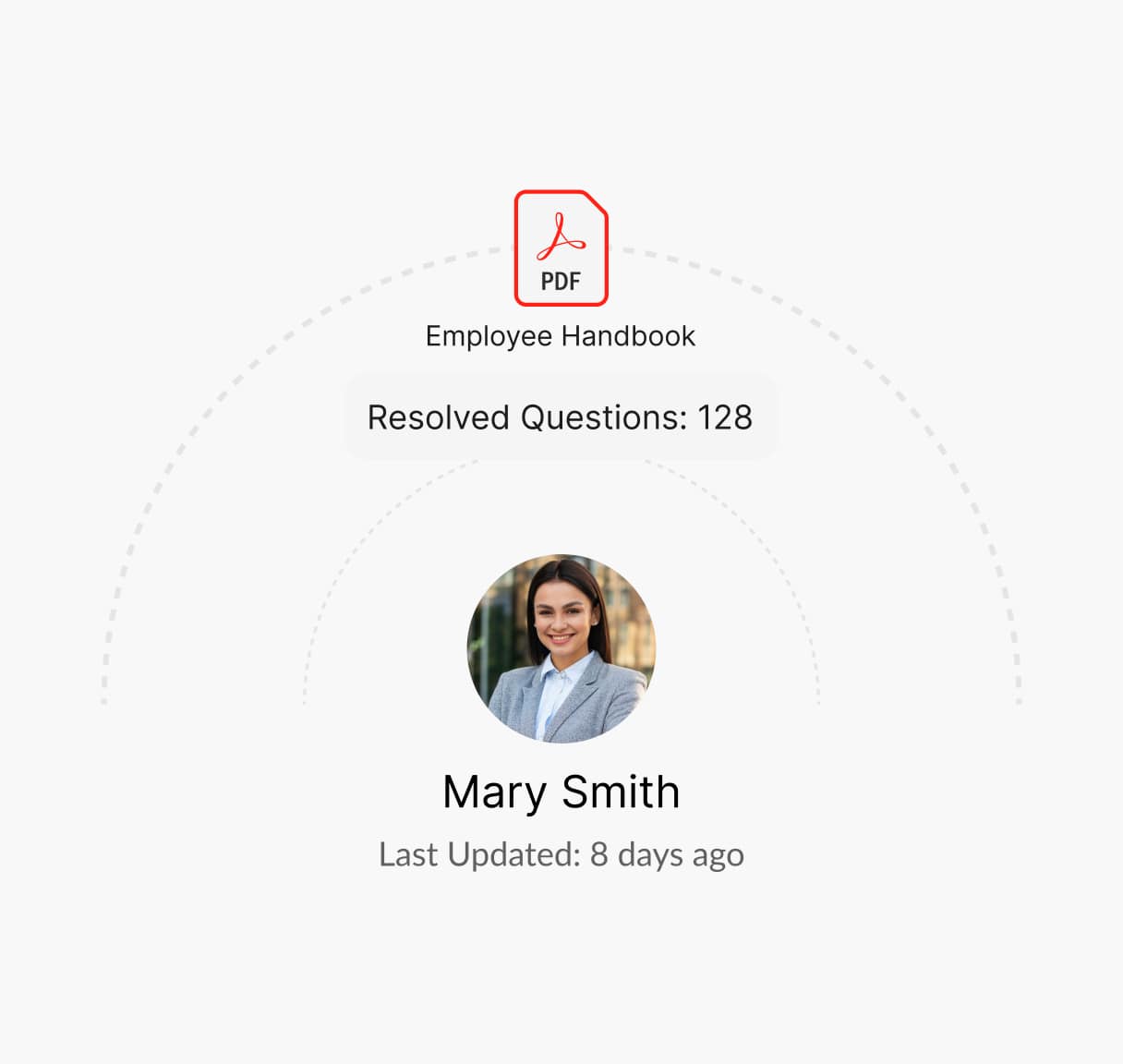Everything You Need to Know About Employee Recognition Policy
Motivating employees boosts engagement and retention. An Employee Recognition Policy defines reward programs, performance criteria, and nomination processes, fostering a culture of appreciation and achievement.

What is a Employee Recognition Policy?
An Employee Recognition Policy is an HR document that outlines how the organization acknowledges and rewards employee achievements. It includes recognition programs, eligibility criteria, and types of awards.
A well-structured recognition policy boosts morale, enhances engagement, and reinforces company values.
Guidelines for Creating a Employee Recognition Policy
An effective employee recognition policy boosts morale, enhances productivity, and strengthens workplace culture. Here’s how to craft one:
Define Recognition Categories
Establish different types of recognition, such as performance-based awards, peer-to-peer recognition, and milestone celebrations.
Ensure Fair and Transparent Criteria
Set clear benchmarks for eligibility, ensuring all employees have equal opportunities for recognition.
Incorporate Both Monetary and Non-Monetary Rewards
Offer a mix of bonuses, gift cards, public acknowledgments, and career growth opportunities.
Encourage a Culture of Peer Recognition
Implement platforms or programs where employees can nominate colleagues for their contributions.
Make Recognition Timely and Consistent
Ensure recognition is given promptly to reinforce positive behavior and achievements.
Measure the Impact of Recognition Programs
Use employee feedback and performance data to assess program effectiveness and adjust as needed.
What is Covered in an Employee Recognition Policy?
An effective Employee Recognition Policy should include the following:
Types of Recognition Programs
Define formal (awards, bonuses) and informal (shout-outs, thank-you notes) recognition initiatives.
Eligibility Criteria for Recognition
Specify the achievements or behaviors that warrant recognition and how nominations work.
Nomination and Selection Process
Outline how employees are nominated, who reviews submissions, and how winners are chosen.
Rewards and Incentives Offered
Detail the types of rewards available, such as bonuses, promotions, or extra paid time off.
Role of Leadership in Recognition
Explain how managers and executives contribute to fostering a culture of appreciation.
Recognition Frequency and Timing
Establish how often awards or acknowledgments are given (e.g., monthly, quarterly, annually).
Feedback and Continuous Improvement
Implement surveys or feedback mechanisms to refine recognition efforts based on employee input.
Need help creating an Employee Recognition Policy?
How Winslow helps HR pros save time on responding to employee recognition policy questions
Managing recognition program inquiries can be time-consuming, but Winslow, your AI-powered HR assistant, simplifies the process:

Instant answers anytime
Winslow ensures your Employee Recognition Policy is always available on Slack, Teams, or email. Employees can instantly find information on award criteria, nomination processes, and reward structures—keeping recognition programs transparent and accessible.
Personalized Support
Winslow instantly answers employee questions, including those about your Employee Recognition Policy, ensuring clarity on eligibility, submission deadlines, and program updates.


Analytics and Insights
Winslow tracks policy-related queries, helping HR teams identify trends and common concerns. This data enables organizations to refine their policy, improve reporting channels, and address recurring issues proactively.
Save Time on Employee Recognition Policies with Winslow
Recognition programs boost morale, but managing employee inquiries about award criteria and eligibility can be time-consuming. Winslow instantly answers questions about nomination processes, reward structures, and program guidelines—so HR can focus on celebrating success.
Frequently asked questions
Have further questions about Winslow, contact us at sales@usewinslow.com
How should HR ensure employee recognition is meaningful rather than generic?
HR should create customized recognition programs that align with employee preferences (monetary rewards, public appreciation, growth opportunities). Recognition should be specific and tied to company values.
What balance should HR maintain between formal and informal recognition?
Formal recognition, like annual awards or bonuses, should be complemented by informal, real-time appreciation, such as peer-to-peer shoutouts or manager-led acknowledgments during team meetings.
How should HR prevent favoritism in recognition programs?
HR should establish clear selection criteria for awards, rotate recognition committee members, and use peer-nominated rewards to ensure inclusivity.
What metrics should HR track to measure the impact of recognition programs?
HR should monitor employee engagement surveys, retention rates, and productivity levels before and after implementing recognition initiatives.
How can HR encourage leadership to participate actively in employee recognition?
HR should train leaders on recognition best practices, provide them with monthly appreciation budgets, and integrate recognition into leadership KPIs.
Additional resources
Device Usage Policy
Managing employee leave effectively is vital for maintaining workforce productivity and compliance....
Learn moreconfidentiality policy
Protecting sensitive information is crucial. A clear Confidentiality Policy outlines guidelines for...
Learn moreclaim reimbursement
Ensuring fair compensation for expenses is key. A clear Claim Reimbursement Policy...
Learn more




